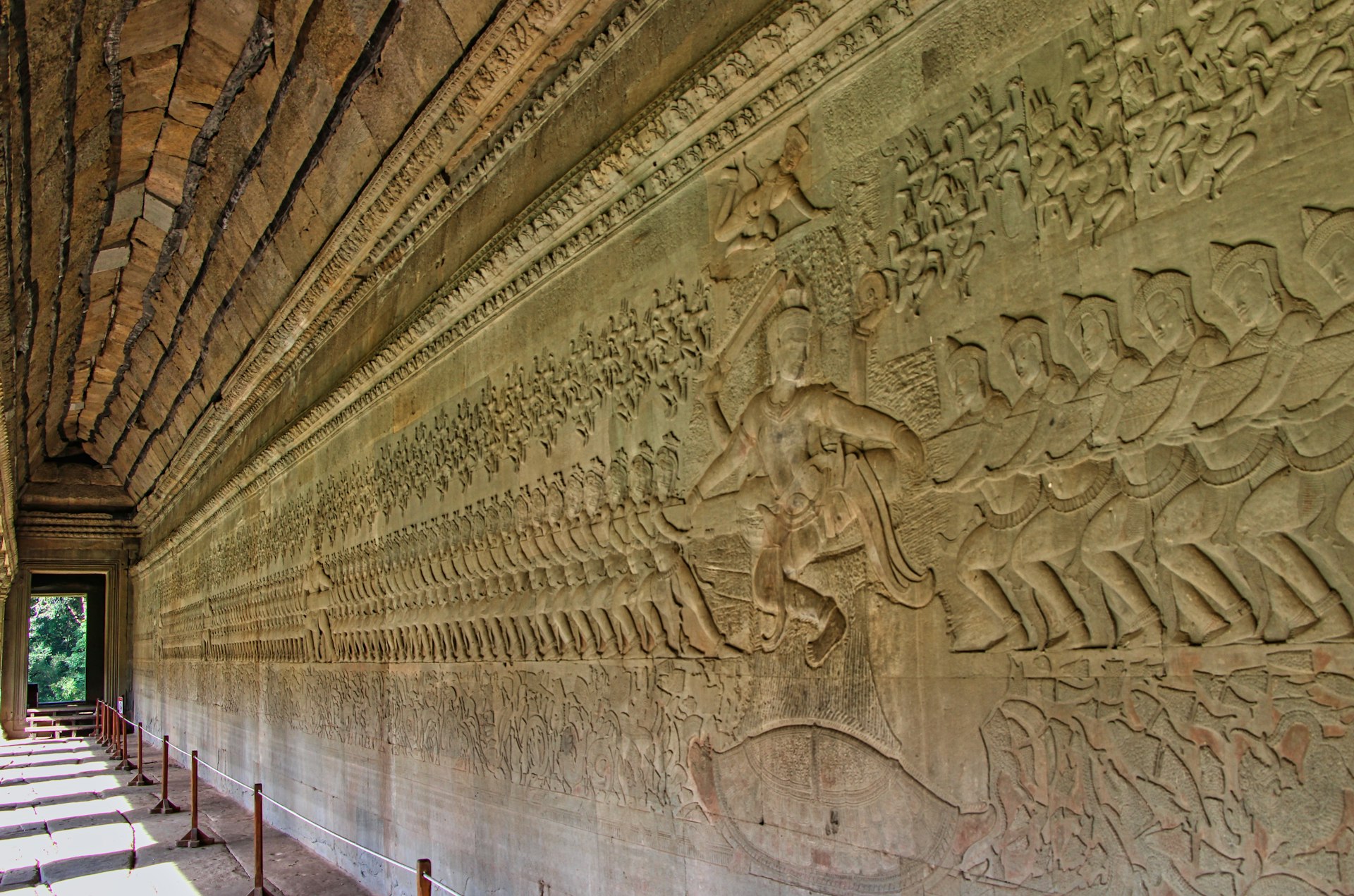Unlocking the Hidden History of Ancient Astronomy: Discoveries, Mysteries, and Modern Insights

Photo by The New York Public Library on Unsplash
Introduction: Rediscovering Lost Knowledge
Ancient astronomy forms the foundation of modern scientific thought, but much of its story has remained concealed for centuries. From lost manuscripts to misunderstood artifacts, our understanding of how early civilizations interpreted the cosmos is constantly evolving. Recent discoveries-like hidden manuscripts and forgotten artifacts-have illuminated the remarkable sophistication of ancient astronomers and their enduring influence on our world. This article uncovers the hidden history of ancient astronomy, providing evidence-based insights and practical guidance for those seeking to explore these ancient mysteries further.
Unearthing Lost Texts: Hipparchus and the Palimpsest
One of the most significant recent breakthroughs in the hidden history of ancient astronomy was the recovery of a lost star catalog by the Greek astronomer Hipparchus (c. 190-120 BCE). For centuries, historians knew of Hipparchus’ work only through later references. This changed when researchers at CNRS, Sorbonne University, and Tyndale House analyzed the
Codex Climaci Rescriptus
, a medieval palimpsest. Using multispectral imaging, they uncovered erased Greek text describing star positions and celestial measurements. This find confirms that ancient astronomers made precise, quantitative observations of the night sky-centuries before modern telescopes
[1]
.
The uncovered passage describes the constellation Corona Borealis in remarkable detail, giving positional data relative to known stars and the North Pole. This not only proves the sophistication of ancient Greek astronomy but also demonstrates the potential for modern technology to recover knowledge thought lost forever. If you are interested in examining the original research or the palimpsest images, consider visiting the official websites of Tyndale House or the CNRS. Search for ‘Codex Climaci Rescriptus astronomy discovery’ for current publications and project updates.

Photo by The New York Public Library on Unsplash
Ancient Artifacts: The Nebra Sky Disc and Prehistoric Observatories
Beyond manuscripts, physical artifacts have provided unprecedented insight into the astronomical practices of ancient societies. The Nebra sky disc, discovered in Germany and dated to roughly 1600 BCE, is widely considered the earliest known depiction of the cosmos. The bronze disc, inlaid with gold symbols representing the Sun, Moon, and the Pleiades star cluster, reveals that Bronze Age Europeans had a sophisticated understanding of celestial cycles [4] .
Similarly, archaeological sites such as Nabta Playa in Egypt and the Goseck circle in Germany predate even Stonehenge and show evidence of careful astronomical alignments, likely used to mark solstices and seasonal changes. The orientation of the pyramids of Giza, as well as many ancient temples and obelisks, further illustrates the integration of astronomy into religious and civic life [3] . To explore these artifacts and their contexts, you can visit museum websites such as the British Museum or the State Museum of Prehistory in Halle, Germany, and search for ‘Nebra sky disc’ or ‘ancient astronomical artifacts.’
Mistaken Observations and the Evolution of Understanding
The path to our current knowledge of astronomy was not without setbacks and misinterpretations. Early astronomers, constrained by limited technology, often misidentified celestial phenomena. For example, Galileo, using one of the first telescopes in 1610, believed Saturn had three bodies or ‘arms’-a mystery that persisted for decades. Only later did Dutch astronomer Christiaan Huygens correctly theorize Saturn’s rings, and even then, the structure of the rings remained debated until the 19th century. James Clerk Maxwell’s mathematical work proved the rings were composed of countless small particles, not a solid or fluid structure as previously believed [2] .
These historical episodes highlight the importance of critical re-examination and the value of questioning long-held assumptions. For those interested in the history of astronomical discovery, many academic institutions maintain digital archives of early astronomical texts. Searching university library catalogs for ‘history of astronomy digitized manuscripts’ is an effective starting point.
Global Contributions: Astronomy Beyond the West
While much focus is placed on Greek and European astronomy, significant advances were made in ancient Mesopotamia, Egypt, China, and the Indus Valley. Babylonian astronomers, for example, recorded planetary motions as early as 1000 BCE, creating some of the first known astronomical records. In ancient China, astronomers maintained detailed star catalogs and predicted eclipses centuries ahead of their Western counterparts [4] . The precision of these records enabled agricultural societies to plan for seasonal changes and develop early calendars.
The debate over which civilization was ‘first’ to systematically study the stars remains unresolved, but it is clear that astronomical knowledge developed independently in several regions. To learn more about these contributions, consider searching for ‘ancient Chinese astronomy,’ ‘Babylonian astronomy,’ or ‘Indus Valley astronomy’ in reputable academic journals or official museum resources.
Modern Technology Rewriting History
Technological advancements have transformed our ability to uncover and interpret the hidden history of ancient astronomy. Multispectral imaging, digital restoration, and high-resolution photography allow researchers to read erased manuscripts, while satellite imagery and ground-penetrating radar reveal astronomical alignments in ancient structures. These methods have led to renewed interest in revisiting old finds and re-examining them with new tools.
If you wish to engage with ongoing projects or access recent discoveries, look for initiatives led by major universities or institutions such as NASA’s Astrophysics Data System. These platforms often publish open-access research and updates on archaeological technology in astronomy. Searching for ‘multispectral imaging ancient manuscripts’ or ‘digital archaeology astronomy’ can yield up-to-date resources and project involvement opportunities.
How to Access Primary Sources and Further Your Research
For those seeking to delve deeper into the hidden history of ancient astronomy, several pathways are available:
- Academic Libraries: University libraries often provide access to digitized ancient manuscripts and astronomical records. Use search terms like ‘ancient astronomy manuscripts,’ ‘star catalog digitization,’ or ‘astronomical palimpsests.’
- Museum Collections: Visit the websites of institutions such as the British Museum, the Louvre, and the State Museum of Prehistory in Halle, Germany. Search their digital collections for artifacts like the Nebra sky disc or ancient astronomical instruments.
- Online Academic Databases: Platforms like JSTOR and NASA’s ADS host scholarly articles and digitized historical texts. Searching for ‘ancient astronomy discoveries’ or ‘history of astronomy’ can uncover valuable resources.
- Educational Media: Documentaries and lectures, such as those available from PBS, BBC, or well-established YouTube education channels, provide accessible overviews and visual context. Always verify the channel or broadcaster to ensure the content’s reliability.
When direct links are unavailable or uncertain, always use official institutional names and recommended search terms. For example, search university library catalogs or the official websites of national museums for their digitized collections of ancient astronomical texts and artifacts.
Key Takeaways and Next Steps
The hidden history of ancient astronomy demonstrates the extraordinary achievements and persistent curiosity of early civilizations. Recent discoveries have not only revived lost knowledge but have also emphasized the value of interdisciplinary research and modern technology in illuminating our past. Whether you are a student, researcher, or enthusiast, a wealth of resources is available through academic libraries, museum collections, and reputable online platforms. By following the guidance above and employing recommended search strategies, you can unlock further secrets of our ancestors’ relationship with the stars and contribute to the ongoing story of astronomical discovery.
References
- [1] Medievalists.net (2022). Lost ancient astronomical text discovered hidden in medieval manuscript.
- [2] Historical Blindness (2022). Hidden Bodies: A Brief and Incomplete History of Astronomical Discovery.
- [3] YouTube (2023). The History of Astronomy in the Ancient World.
- [4] Wikipedia (2024). History of astronomy.



